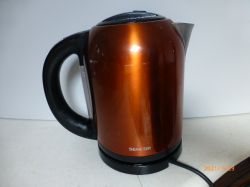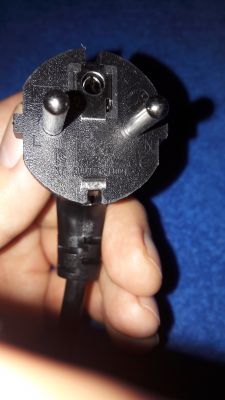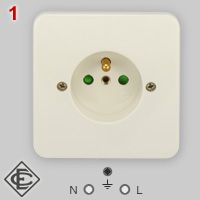CYRUS2 wrote: misiek1111 wrote: This would reduce hazards, despite the dual sockets that reverse polarity.
What are these threats?
E.g.: kettle with metal casing:

1. The electric heater shorts out and shorts out to the metal bottom which is connected to the metal casing.
2. The internal fuse located in the socket is blown.

3. A blown fuse cuts off the brown wire connected to the right pin in the plug.

4. Depending on which side the phase in the socket is connected, the following scenarios will occur:
a) phase on the right side of the socket. At most we will hear: "
F.... the Chinese crap has gone bad again ".
b) phase on the left side of the socket. Possible real electric shock.
Since the rest of the world (according to my observations and the entries of others) uses the phase on the right side of the plug, even though there is no rule in Poland, the phase should also be installed on the right side of the socket.
Otherwise, connecting class I devices poses a risk of electric shock.
PS For those digging into the topic of Schuco - #15.







